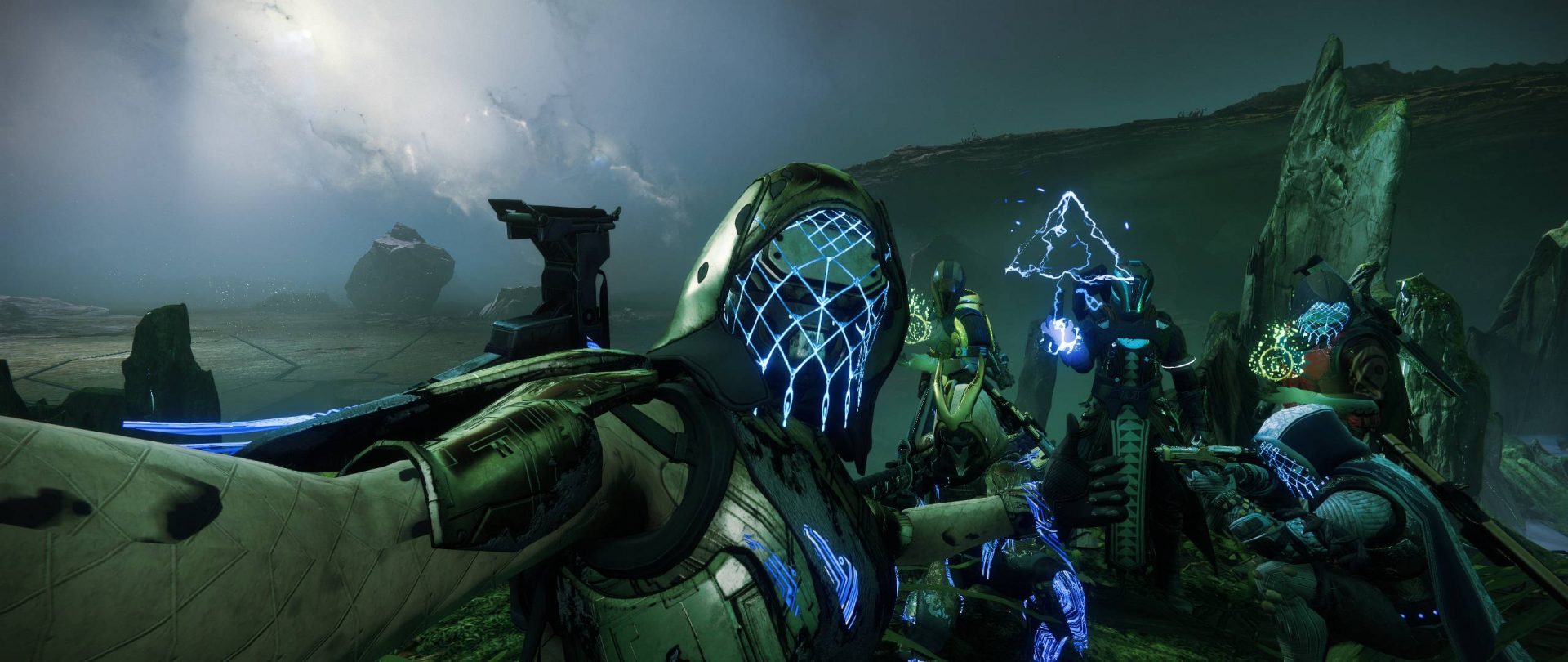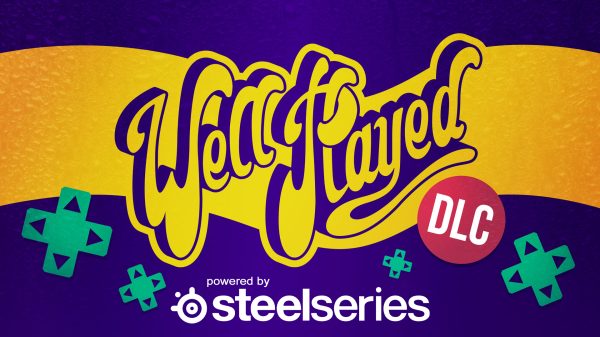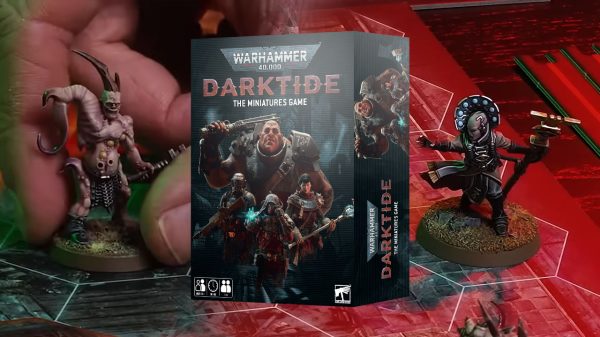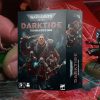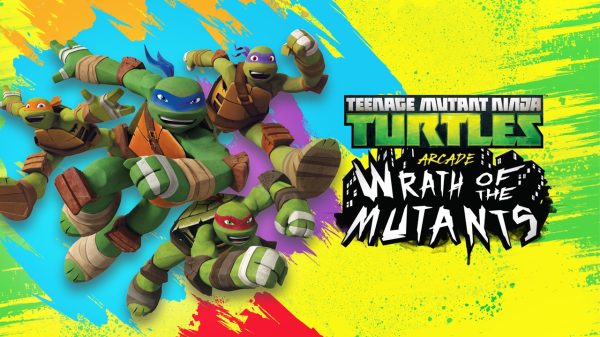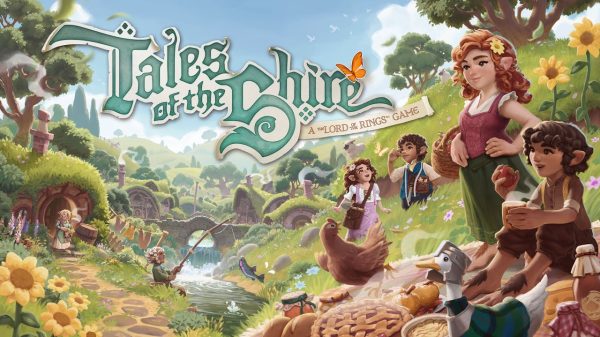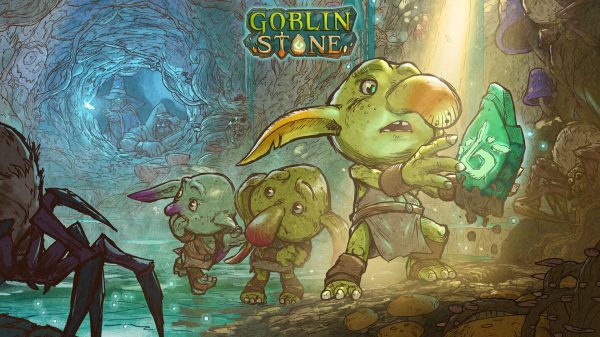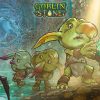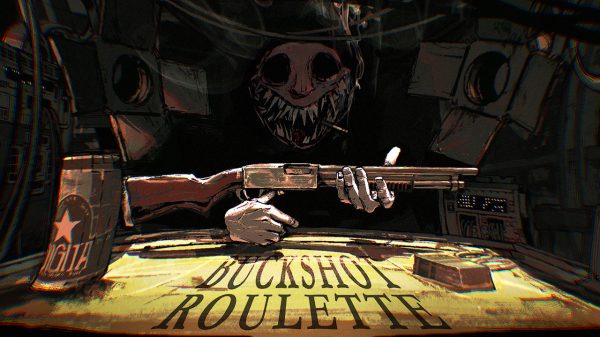Bungie has been a big part of my life since I was little. I grew up playing the Halo games and have been in love with their venture into the shared-world shooter genre with Destiny, problematic as it may be. My biggest frustration had more to do with their publisher for Destiny, Activision, and the way that they were treating the IP. So it comes as no surprise that when Bungie parted ways with the notorious publisher I was excited – with the later announcement of Shadowkeep getting me even more excited. While people were unsure about the future of Destiny now that Bungie are independent, their foray into the independent (and free-to-play) market is nothing short of exceptional.
We’ll start with the story and setting, which is both one of the strongest and weakest points of Shadowkeep. Destiny 2: Shadowkeep starts with a distress signal coming from the moon. Hive activity on the natural satellite has risen out of nowhere and it is up to you, the Guardians, to sort it out. It doesn’t take long to see that there is something different about the Hive this time. You eventually discover what’s different about them, they have the power to reincarnate previous threats and characters in the form of Nightmares. After encountering the first Nightmare, you are reunited with an old friend, Eris Morn. It’s here where you begin to really see the more intimate nature of Shadowkeep’s setting and environment. Eris’ Nightmares haunt her in the form of her fireteam who entered the Hellmouth to fight Crota and only she returned. The interactions she has with her Nightmares are definitely a personal highlight, with it almost unfolding like a play. The interactions are exclusive to Eris and are in no way directed at you, which leads to a certain sense of intimacy with her struggle. To this end, the writing of Shadowkeep hits another high point for Destiny 2, carrying on the standard set by Forsaken.
Where Shadowkeep’s campaign hits a low point is with its length. Shadowkeep has one of the shortest campaigns that Destiny 2 has ever seen, which is a huge disappointment given the quality of the writing that is there. It’s a problem that Destiny has always had and Shadowkeep doesn’t even try to change that. If anything, it compounds the issue by way of some very MMO-like design. When you go through a few of the missions that Shadowkeep has to offer you are tasked with gathering gear for fighting the Nightmares. While it’s nice that the game teaches you how to gather gear that is suited for one of the endgame activities, it’s used as a form of padding to make the campaign seem longer than it actually is. What doesn’t help is that it doesn’t take long for the campaign to end after this moment in the game anyway. The campaign also leaves you with more questions than answers.
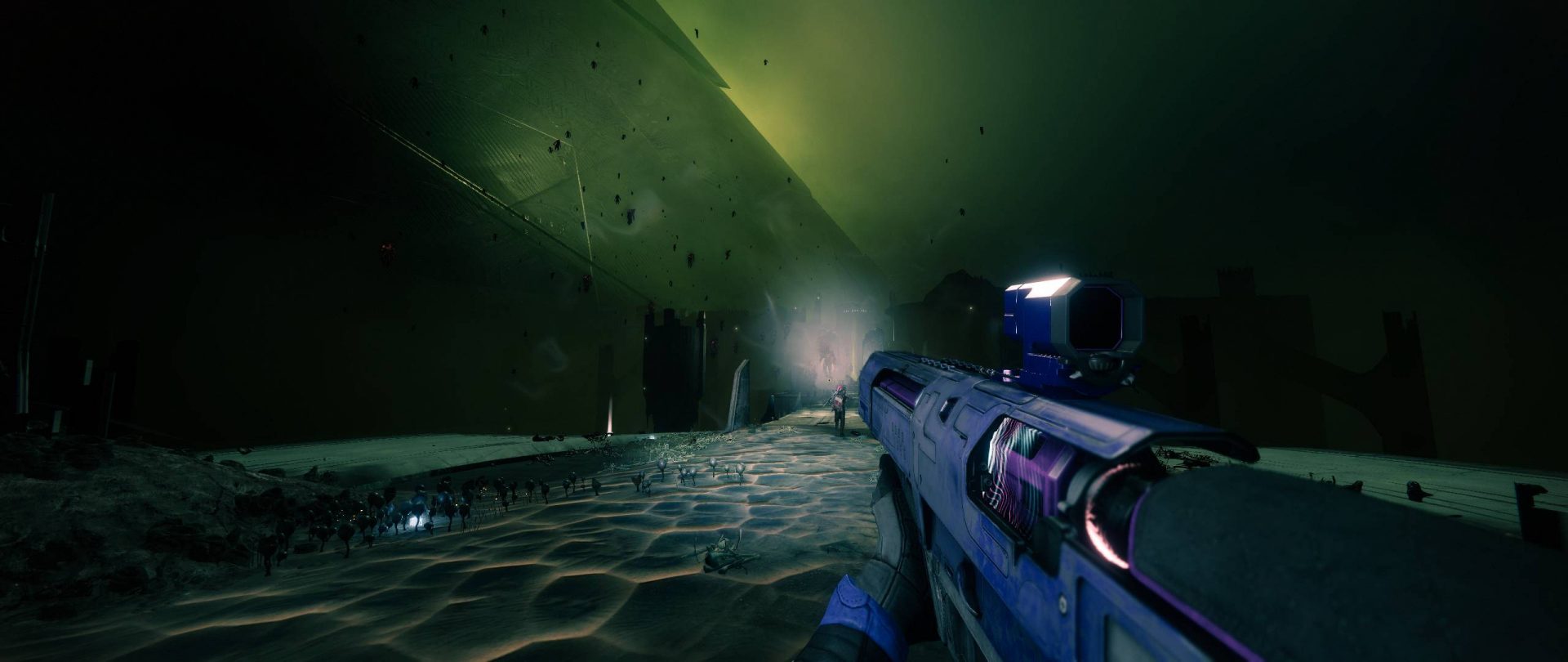
Shadowkeep sees the power level cap raised from 750 to 960, with a soft cap implemented from 900 and onwards. Like Forsaken, Shadowkeep’s power climb is a slow burn and is designed to really give the player a sense of progression as they raise their power level. Where it fails, however, is the power of the environment in Shadowkeep. Forsaken placed the player in a world where everything was notably more powerful than the average player at the time, you could really feel when you were climbing in power. It was by far one of the best parts of Forsaken and Shadowkeep really misses the mark in comparison.
One of my favourite changes that has been brought in with this expansion has to do with the Nightfall system. For a long time the Nightfall’s difficulty was determined by the player, so most players would make it as easy as possible to net the rewards. Now, players have to play a version of the Nightfall called ‘The Ordeal’, which has difficulty levels that offer a variety of modifiers and rewards. The higher in difficulty you go, the better the rewards become (to the point where you can farm exotics if you really want to). The weekly challenge, which rewards the player with a powerful drop, is to complete five of these Nightfalls. The higher difficulty Nightfalls count more towards the five completions per week. These Nightfalls are also some of the first interactions with the new enemy types called champions. There are three types of champions in Shadowkeep – Barrier, Overload and Unstoppable. The only way to fight these champions is to outfit your weapons and gear with the ability to counter the abilities that these champions have. So how do you do you outfit these modifications to your gear? Well, that’s where another big change comes in – the Artifact.
Artifacts aren’t exactly a new thing to Destiny, they saw a couple years of life in Destiny: The Taken King (yes, THAT long ago). However, they haven’t been in Destiny 2 at all, until now. Levelling up your Artifact grants you perk points which allow you to purchase mods to slot into your gear. The perks include: Anti-Barrier rounds (which behave as armour piercing rounds), Overload rounds and Unstoppable rounds (exclusive to hand cannons). This greater variety just adds a little more depth to team composition, which means that the game works even better as a co-op shooter. Another facet of the Artifact levelling is its power level boost. After set amounts of XP you will gain an extra power level from your Artifact, something which most players will find incredibly useful when initially levelling up for the raid.
Speaking of mods that you can apply to gear, Armour 2.0 was a highly anticipated overhaul. In Destiny 2, armour came with three stats – Mobility, Resilience and Recovery. It was a change that people were not particularly fond of, a lot of players preferred the stats of old (Intellect, Strength and Discipline). Armour 2.0 sees the return of the old stats while also retaining the current stats, so now there are six different stats for you to manage as well as the tier system that was brought in with The Taken King back in the original Destiny. With this revamp of the armour stat system also comes a revamp to the mod system. Mods behave as account-wide entitlements that have unlimited uses rather than you having to collect multiple of the same mod to use it on multiple pieces of gear. There are also different types of mods now including mods that are exclusive to specific types of gear, like helmet exclusive mods. A personal favourite mod of mine is the sniper rifle ammo finder mod (given that I run the Izanagi’s Burden exotic sniper rifle quite often).
A hot topic of debate for Shadowkeep was the decision to implement a battle pass. Players were worried that it was going to be implemented like virtually every other battle pass around and be an unapologetically avaricious system. Thankfully, Shadowkeep’s attempt at a battle pass is anything but. It gives the player cool and meaningful rewards and entices the player to get as much out of the game in one season (around three months). There’s not a whole lot to say here, but Bungie did at least have the decency to include the Season of the Undying for every copy of Shadowkeep.

Forsaken had a really strong endgame. The aforementioned power climb was tough and rewarding, and the activities that became available to the player as a result of that power climb were fun and diverse. Continuing this strong trend, the endgame activities that are available in Shadowkeep are surprisingly fun. Each week there are three Nightmare Hunts you can choose from and you can use them to farm the Essence pursuits which allow you to farm the different weapons and armour available on The Moon. These activities aren’t incredibly long but are generous enough to feel like the game is being respectful of your time.
Another new group of activities that has been brought in with Shadowkeep is the Vex Invasions and Offensive activities. Vex Invasions serve as a form of hidden public event where the Vex begin invading the landscapes of The Moon and it is your job to push them back. They come in waves and are backed by a Gate Lord and defeating three Gate Lords will either force them to retreat or will cause a Vex Overlord to spawn (beating this will reward the player quite nicely). Vex Offensive is the other Vex-themed, six-player matchmade activity in a similar vein to The Menagerie from the Season of Opulence that just passed. This is a pretty small activity with a really pretty art direction. Players have to fight through waves of Vex enemies and complete objectives to get to the Gate Lord at the end (this activity is a great way to farm for Legendary Shards if you’re the type to spend them all at Xür).
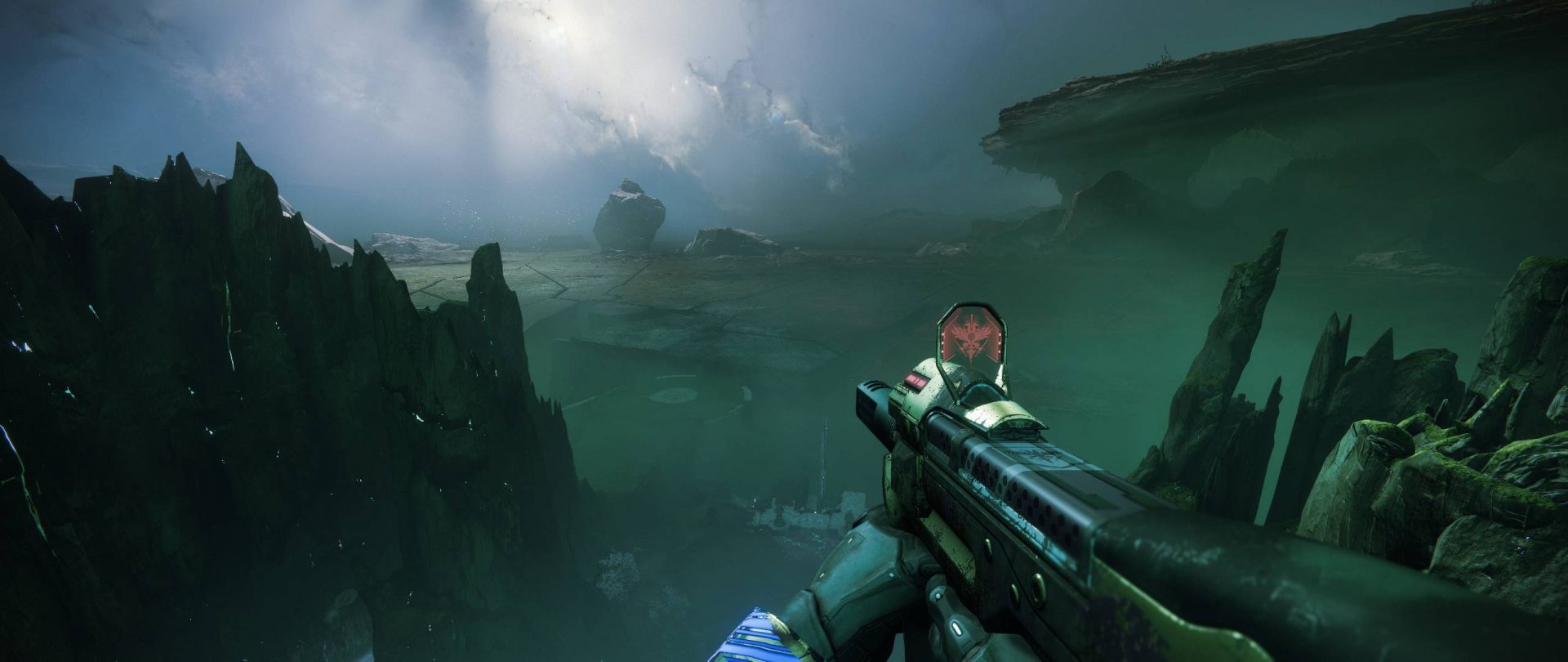
The activity that people are really focused on, however, is the raid. Titled ‘Garden of Salvation’, the latest Destiny 2 raid is the latest foray into the very heavily co-op focused raid mechanics. I’m not going to discuss what mechanics there are specifically, as there will definitely be people who want to go in blind, but Garden of Salvation continues the idea of raids in Destiny 2, where the mechanics are based on communication and teamwork rather than the raw skill of individual players to make up for weaker players. To this end, it achieves its goal incredibly well. Garden of Salvation is one of the most communication-heavy raids that I have ever done. The boss fights are fun and the ideas they put forth for mechanics are really clever. Where it falls short though is how it paces its mechanics.
My favourite part about the Last Wish raid was how unique every encounter was. While there were a couple mechanics which were found in more than one encounter, the mechanics for each part of the raid were mostly exclusive to that area. The Vault encounter is far different to Shuro-Chi which is also remarkably different to Riven. The effect this creates is a raid that has much higher replay value than most. This is where Garden of Salvation falters a little. The mechanics almost have a slow crescendo, with just about every encounter adding a new mechanic into the mix until you hit the final boss (where only ONE mechanic is put away). It does give this cool idea that the game is preparing you for the final test but it makes the other encounters seem a little more tedious when doing repeated runs. This is basically the only real complaint that I have about the raid.

Shadowkeep sees a few changes being brought into the Player versus Player side of the game, and they have all pretty much been for the better. Quickplay gametypes have been split up. Control and Rumble are always available, while the other game modes are put into a rotator playlist, so they’ll cycle in and out of rotation. By far one of the more interesting changes to Quickplay, however, is with the Labs playlist. Labs features a specified gamemode and plays around with the rules that players are familiar with. The rules can change throughout the season so you may not always know what to expect. To add to this, there is also a playlist which mixes all the classic game modes.
Competitive Crucible has also seen some changes. For starters, there are two competitive playlists now. There is regular Survival and then there is Freelance Survival. The latter is purely for people who want to solo queue without the risk of coming up against team stacks. Playing the Freelance playlist is much kinder to people that aren’t the most proficient. It’s a great way to learn a bit more about the more intimate nature of the Survival game mode with less risk of being steamrolled by teams that have perfect communication. The player count for competitive has also been reduced from eight players (4v4) to 6 players (3v3). This smaller size in players has allowed for much more intense matches as there is generally more room to work with in games and communication with teams is even more important when queuing in the team playlist.
The playlists aren’t the only way that competitive has been changed. Glory rank has been changed slightly to be more accessible. Where losing games will still lose you progress on your Glory ranks, you can no longer go below each tier. So while you can still go from Heroic II to Heroic I, you can’t go from Heroic I to Brave III. To add to this, when you have a win streak, losing a match no longer wipes the entire streak. Instead, each loss reduces your streak by one. Naturally, the PVP balance is a bit whack, especially with a certain exotic Titan helmet proving to be incredibly obnoxious and unbalanced but I’ll dig in to that in a separate article.
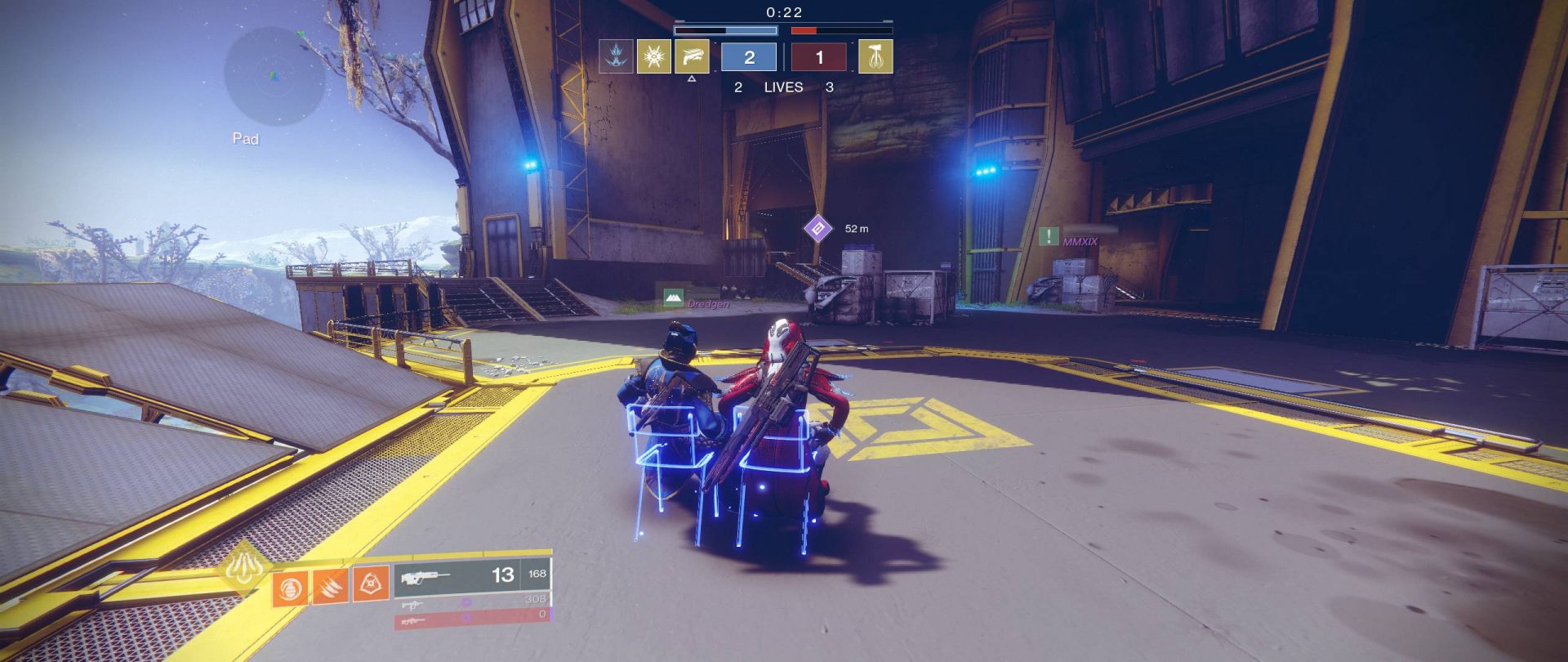
Final Thoughts
Destiny 2: Shadowkeep continues the path that Bungie has walked with their larger expansions. While it doesn’t exude the same level of quality and quantity as Forsaken, it still does put forth quite a lot for the player. It makes some much needed changes to the Nightfall system, Crucible, armour stats and some new activities which are more respectful of the player than we have previously seen in Destiny. These improvements are great enough to overshadow its shortcomings like its abysmally short story, raid design that loses its replay value compared to other raids and a power climb that isn’t quite as gratifying as the Forsaken power climb. Even other additions like expansion on enemy types and a well implemented battle pass system make an impressive expansion even better. The people at Bungie should be proud of their efforts.
Reviewed on PC // Review code supplied by reviewer
Click here for more information on WellPlayed’s review policy and ethics
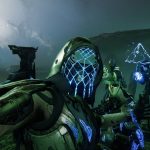
- Bungie
- Bungie
- PS4 / Xbox One / PC
- October 1, 2019



Jordan lives and breathes Dark Souls, even though his favourite game is Bloodborne. He takes pride in bashing his face on walls and praising the sun. Hailing from the land of tacos, he is the token minority for WellPlayed.





